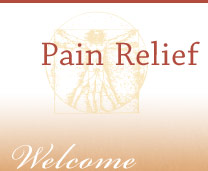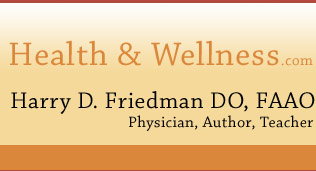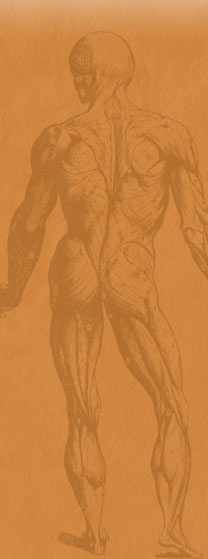Dr. Buttar points to a July 2005 paper, released by the Environmental Working Group (www.ewg.org), that confirms the worst fear: that the average person does not need to spend years being exposed to environmental pollutants to be affected—nor does the average child. In “Body Burden—The Pollution in Newborns,” EWG reports, “Not long ago scientists thought that the placenta shielded cord blood—and the developing baby—from most chemicals and pollutants in the environment. But now we know that at this critical time when organs, vessels, membranes and systems are knit together from single cells to finished form in a span of weeks, the umbilical cord carries not only the building blocks of life, but also a steady stream of industrial chemicals, pollutants and pesticides that cross the placenta as readily as residues from cigarettes and alcohol…” Specifically, says the EWG:†
“In a study spearheaded by the Environmental Working Group in collaboration with Commonweal, researchers at two major laboratories found an average of 200 industrial chemicals and pollutants in umbilical cord blood from 10 babies born in August and September of 2004 in U.S. hospitals. Tests revealed a total of 287 chemicals in the group. The umbilical cord blood of these 10 children, collected by Red Cross after the cord was cut, harbored pesticides, consumer product ingredients, and wastes from burning coal, gasoline, and garbage.
Of the 287 chemicals we detected in umbilical cord blood, we know that 180 cause cancer in humans or animals, 217 are toxic to the brain and nervous system, and 208 cause birth defects or abnormal development in animal tests. The dangers of pre- or post-natal exposure to this complex mixture of carcinogens, developmental toxins and neurotoxins have never been studied.”
EWG goes on to explain why the presence of these substances in umbilical cord blood has such profound and long-lasting implications:
Chemical exposures in the womb or during infancy can be dramatically more harmful than exposures later in life. Substantial scientific evidence demonstrates that children face amplified risks from their body burden of pollution; the findings are particularly strong for many of the chemicals found in this study, including mercury, PCBs and dioxins. Children's vulnerability derives from both rapid development and incomplete defense systems:
A developing child's chemical exposures are greater pound-for-pound than those of adults.
- An immature, porous blood-brain barrier allows greater chemical exposures to the developing brain.
- Children have lower levels of some chemical-binding proteins, allowing more of a chemical to reach "target organs."
- A baby's organs and systems are rapidly developing, and thus are often more vulnerable to damage from chemical exposure.
- Systems that detoxify and excrete industrial chemicals are not fully developed.
- The longer future life span of a child compared to an adult allows more time for adverse effects to arise.



